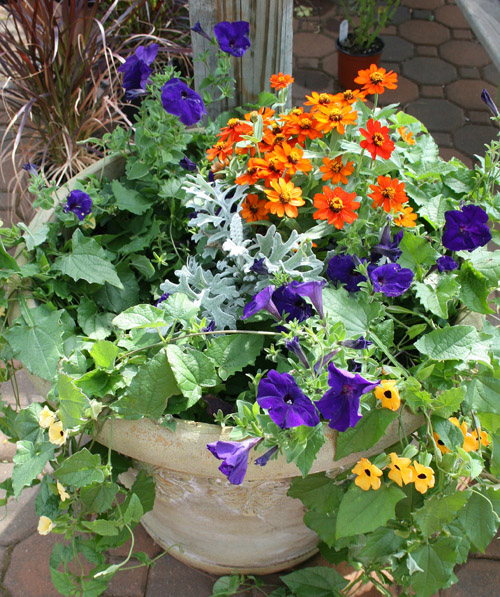When the temperatures reach triple digits, we hear plenty on the news about how to take care of our pets and ourselves, but not much about our plants. Recent record temperatures can obliterate our lawns and ornamentals in just a few hours if these plants are already under stress for other reasons.
A lawn or a plant that has been well cared for and is healthy will survive a few 100-degree days much better than one that is in a weakened state going into the heat spell.
A weak plant can be compared to a person with a compromised health condition. Neither the plant nor the human will survive high temperatures if thrown into it without proper "conditioning,” so to speak, ahead of time.
Proper care of plants to keep them healthy involves the following:
- Avoid causing mechanical injury to trees and shrubs with weed eaters and lawn mowers. These injuries allow entry points for insects and diseases to overtake the plant. Deep wounds can cause damage to the tree's vascular system, which carries water and nutrients to the rest of the tree.
- Avoid severe pruning to trees and shrubs in extreme temperatures. Pruning puts a plant under stress. Plants try to develop new growth after pruning. A growing plant requires additional water and nutrients, which in a dry spell are already limited.
- Water container gardens daily or when the top 2-4 inches of potting soil appears dry.
- Do not over fertilize. Just as pruning stimulates new growth, so does fertilization.
- Choose plants wisely. When planting a new tree or ornamental shrub, make sure the plant is adapted to your area. Home gardeners often see a plant in another region of the country that they would love to have in their yard. There's usually a good reason why you don't see those plants back home: They don't do well in the conditions we have in the South and will struggle to survive. They might survive in mild winters and summers, but a winter like the one we had in 2010 or a summer like we are having right now will be the end of that plant.
Watering your lawn
Provide lawns with 1 inch of water weekly. If your grass turns a bluish green color or you can still see your footprints after walking through it, it is not getting enough water.
If you have an irrigation system and you would like to measure how much water is being applied to your lawn, here is an easy way to do so.
- Set some empty tuna cans on your lawn where the water will reach them.
- Turn on the irrigation system or sprinkler and let it run for 15 minutes.
- Collect the tuna cans and pour all of the water into one can.
- Measure the depth of the combined water in the can and divide by the number of cans you used. (This will give you an average since your sprinkler system could be putting out different volumes at different locations in the lawn.)
- Multiply the average amount by 4 to see how much water your system is putting out in an hour. (You do this last step because you only collected water for 15 minutes and there are four 15-minute segments in an hour.)
Knowing your lawn needs 1 inch of water a week, you can now adjust your watering times to fulfill its needs. You may have to split your watering into two applications because it is difficult to apply an inch of water all at one time without losing some to runoff.
Following these tips on keeping your landscape healthy will help your plants survive Georgia’s high summer temperatures.
Overall, remember to water properly to develop a healthy, deep root system, avoid mechanical injury to trees and shrubs and select plant material suited to your area of the state.








